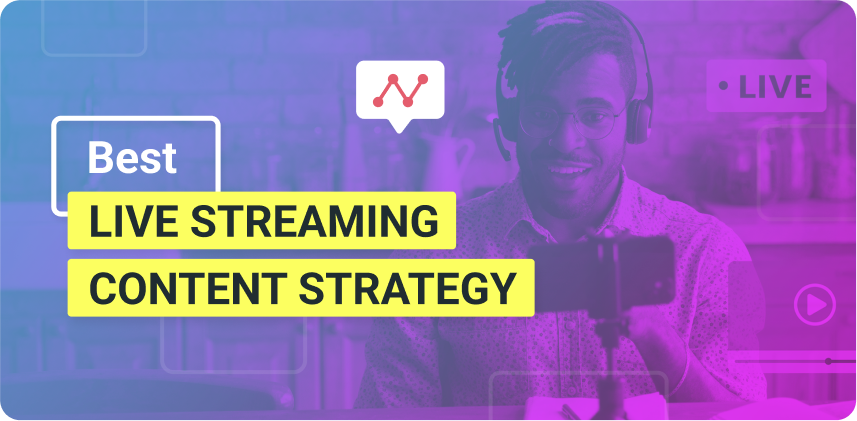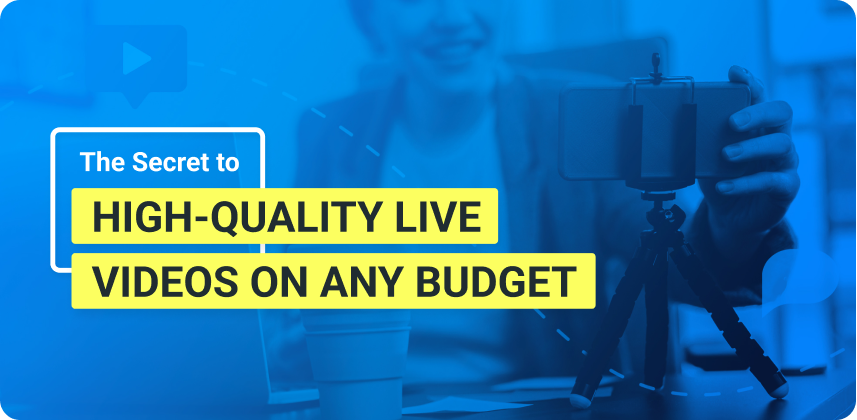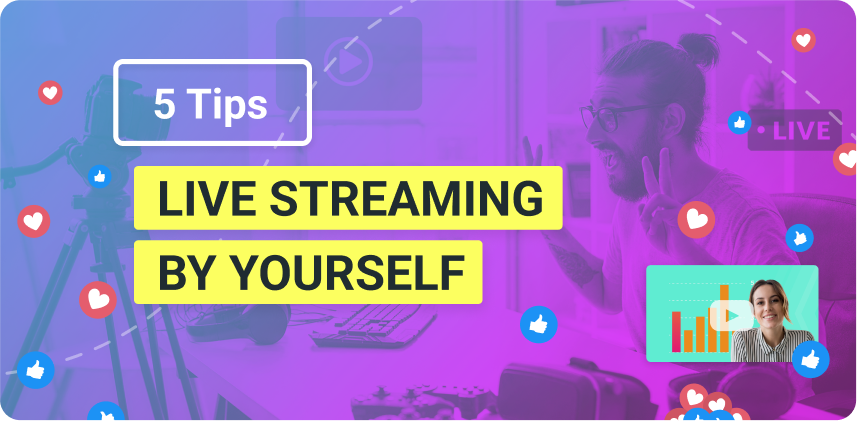Live streams vs. webinars, which one is right for your business strategy?
Today, it is common to conduct live online sessions. A flurry of tools has gained prominence for this reason, and the battle between live streams vs. webinars has grown stronger, but before you pick one, you should learn about both.
Which one to choose, live streams or webinars?
Here is the quick answer:
If you are looking for an interactive session focusing on a specific group you want to convert or engage closely with, a webinar might be better. It will allow you to share crisp content with minimal setup.
Alternatively, if you choose a live streaming session, you can share engaging content to a broad audience, reach more people online and grow. Depending on your vision for the stream, the setup can get more complex.
If you want easy-to-use live video tools for your webinars and live streams, download ManyCam for free today!
What is a live stream?
A live stream refers to a video being broadcasted in real-time online. Live streams can vary in terms of complexity. They can be as simple as touching a button on your mobile and going live on Instagram. Though, more often than not, live streams have more resources and rich content.
For example, many live streams involve various inputs, such as multiple camera angles, document sharing, and screencasting. These streams require a bit more technical knowledge and better equipment. Having live streaming software can make complex setups look easy.
You can view live streaming as a custom broadcast – it requires thoughtful expertise, content creation, and preparation to set up. Apart from a chatbox and a question/answer function, they offer passive viewing. In a live stream, attendees don’t share their cameras.
What is a webinar?
Formed from the words “web” and “seminar,” a webinar is a video workshop, presentation, or lecture hosted online via webinar software. Businesses use webinars to share ideas and knowledge with people across the world. They can also be used to create and nurture relationships, demonstrate a product, or build authority around a brand. In a webinar session, attendees can share their cameras and contribute.
Live streams vs. webinars
So, what exactly makes live streams and webinars different? Here are some factors that set them apart.
Audience Size
On the other hand, the audience in a webinar ranges from a handful to a few dozen attendants who signed up for the session to participate.
The most significant difference between live streaming events and webinars is the size of the audience they broadcast to. There is a large audience in live events – many of whom perhaps don’t even have to register to watch an event.
Interaction
By default, the webinar setting makes it more convenient to interact with the audience due to its smaller size, cozier surroundings, and limited virtual seating. These factors make webinars more effective at promoting two-way communication between a speaker and their audience. If you deliver an effective webinar, the chances of converting the attendees are high.
In streaming events, the larger audience size means that you can’t interact individually with every audience member. This results in a one-way speaker-to-audience type of communication.
Objectives
The goal for live streaming events and webinars is to share information and create relationships.
Live stream events are broadcasted to a larger audience and created as a type of rich content. Organizations use product unveilings and keynote speeches to reach a wider audience.
Usually, webinars are used for small-scale marketing endeavors aimed at a group of customers and to train employees.
Costs and Complexity
It is more convenient to manage smaller website productions. For instance, webinars are easy to finance, produce, and set up. All you need is a terrific set of lighting conditions and a good computer webcam to host a well-executed webinar.
Live streaming events range significantly in cost and complexity. It all depends on what you want to produce. The most important thing is to have a powerful computer and a good Internet connection.
Check out these resources for more ideas and information on live streaming content:
- 30 Live Streaming Content Ideas for your Next Live Videos
- 10 Creative Live Streaming Video Ideas for your Business
- How To Do Mobile Live Streams & What’s In It For You
- Basic live streaming gear for a low-budget
Control
Worldwide broadcasting, visual effects, and picture-in-picture presentations are some of the high production values that empower live stream event creators to reach higher than the traditional creative ceiling.
Conversely, webinars prioritize content over glamour – they don’t look to reach for the stars. A webinar presenter can engage their audience unless there are light flares or flashy logos.
Final Thoughts
Going through all the differences between live streaming events and webinars, it is clear that the most critical factor that distinguishes them is scale.
Live streaming events are created to broadcast to hundreds and thousands of viewers. It can help you deliver high-quality content while reaching a much broader audience online. Webinars, on the other hand, are focused on one specific and usually smaller target audience.
Are you looking to arrange a live stream or webinar? If you need a live video solution to help you with production, download ManyCam for free today and give it a try.
ManyCam connects to video conferencing and webinar platforms as a virtual webcam, and it gives you access to tons of tools. You can also live stream directly from ManyCam to Facebook, YouTube, Twitch, and any other RTMP streaming platform.






